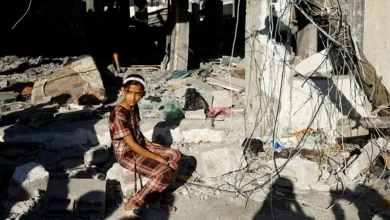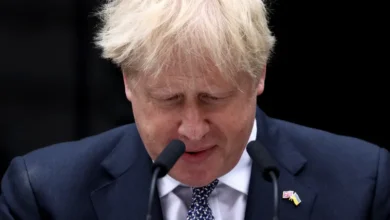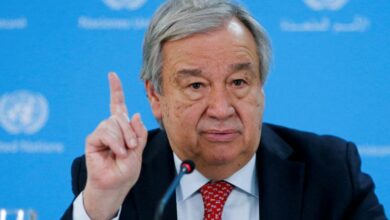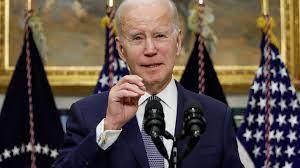Iran unveils plan for tighter internet rules to promote local platforms
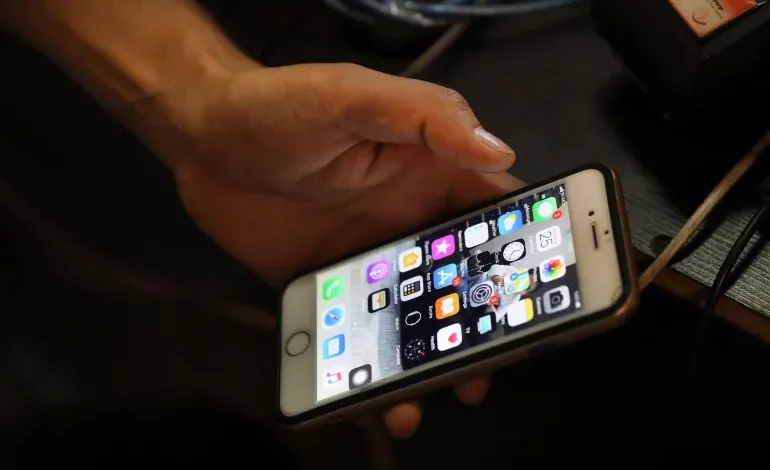
A new regulatory directive from Iran’s top internet governing body shows how authorities hope to steer Iranians away from foreign platforms and turn them towards local ones.
Iran’s top internet policymaking body released a directive earlier this week that stipulates new rules with potentially wide-ranging ramifications for the country’s already constrained internet landscape, which the agency says were approved by Supreme Leader Ali Hosseini Khamenei.
The Supreme Council of Cyberspace (SCC) asserted that using “refinement-breaking tools” is now “forbidden” unless the user has obtained a legal permit.
That is the new word Iranian authorities have come up with for virtual private networks (VPNs), online privacy tools that mask the user’s IP (internet protocol), which most Iranians use regularly to circumvent heavy internet restrictions.
All major social media platforms, including Instagram, Twitter, YouTube and Telegram, are banned in Iran along with thousands of websites, but they remain highly popular with tens of millions of users – for years prompting users to resort to circumvention tools.
Iran had made the purchase and sale of VPNs illegal in 2022, but news that using them, even without any commercial transaction involved, would also be banned prompted a backlash online.
Many pointed out that an overwhelming majority of Iranians have no choice but to use them if they wish to access the free internet, so making the use of VPNs illegal would effectively include most people in the country.
SCC Secretary Mohammad Amin Aghamiri told state television a day after the uproar that the regulations do not include the general public, and are only directed at top state entities – the office of the supreme leader, the presidency, the judiciary and the parliament, among others.
Pushing foreign platforms away
But regardless of whom the VPN ban covers, the SCC directive contains other regulations that call for large-scale changes in Iran’s internet landscape.
For one, it asks the culture ministry to collaborate with the economy and information and communications technology (ICT) ministries to come up with a plan in one month that would incentivise content creators and businesses active on foreign platforms to stay “strictly on local platforms”. The goal: to bring at least half of the target audience to local platforms within six months.
This effectively means that the SCC wants much of the content created by people inside Iran on the likes of wildly popular Instagram and YouTube to move to local platforms. It is unclear how the government expects to make this happen within months.
“Any advertisement by legal entities on foreign platforms is illegal,” asserts the directive, which tasks the culture ministry, state television, law enforcement, the economy ministry and the judiciary to monitor this and report back every quarter.
Moreover, the ICT ministry has been tasked with offering “comprehensive and essential government services” on local platforms “exclusively”, with at least two services ready within six months.
Some of this has been in the works for several years.
The Iranian state has been working on a “National Information Network”, obligating websites and services to position their servers inside Iran, limiting some government services only to local platforms, and making global internet traffic cost twice as much as local traffic to incentivise using local services.
Unblocked ‘shells’ of foreign platforms
Another part of the SCC directive could also have a significant impact on how social media platforms are used in Iran.
It stipulates that authorities must provide technical capabilities that would allow Iranians to access “useful foreign services” in the form of “governable formats”.
This, it said, could include negotiations for foreign platforms to establish representative offices inside Iran, in addition to “windows of access” baked into local platforms, and “shells” of foreign platforms that would not be blocked like the main versions.


